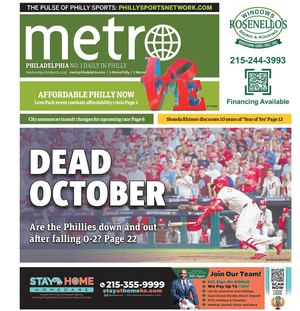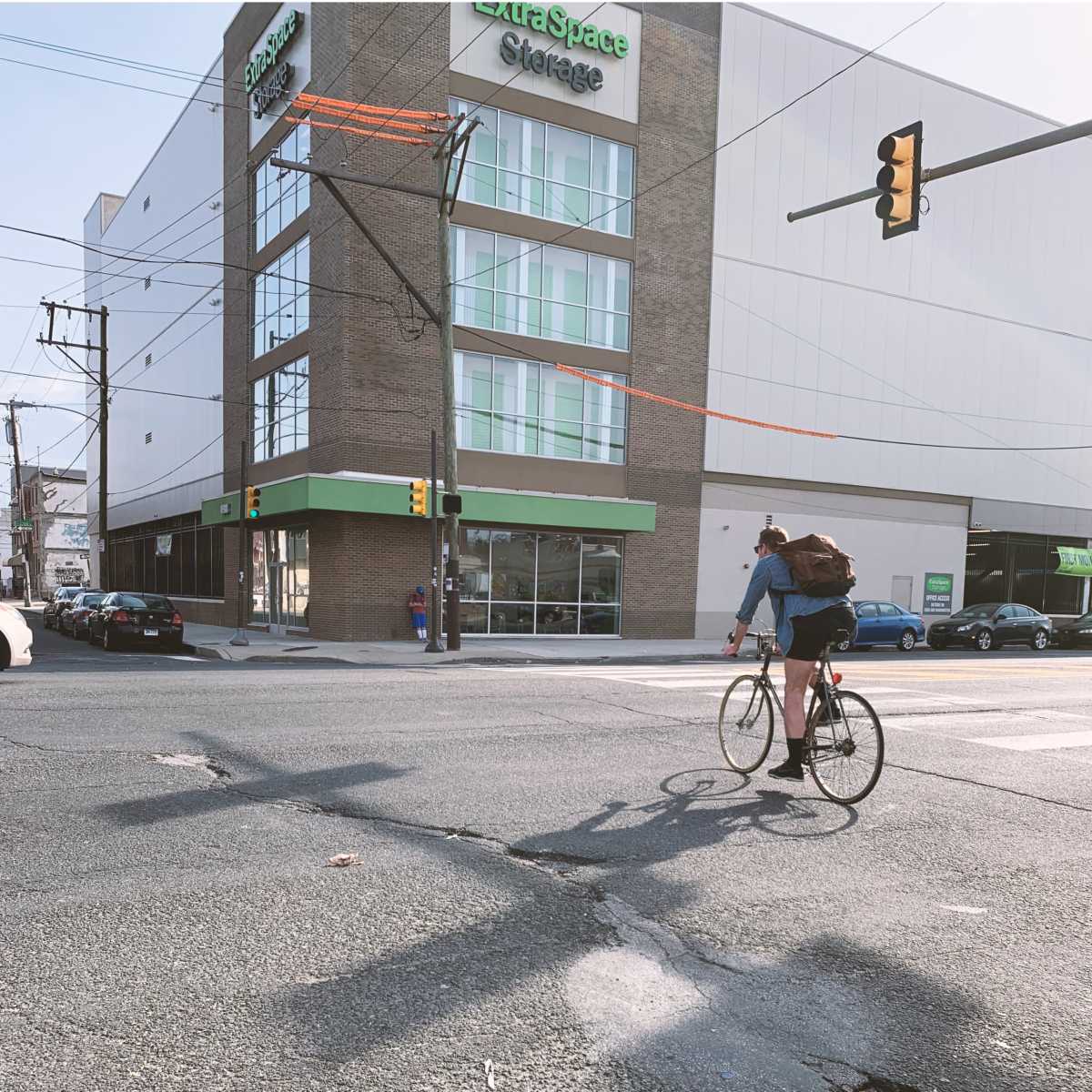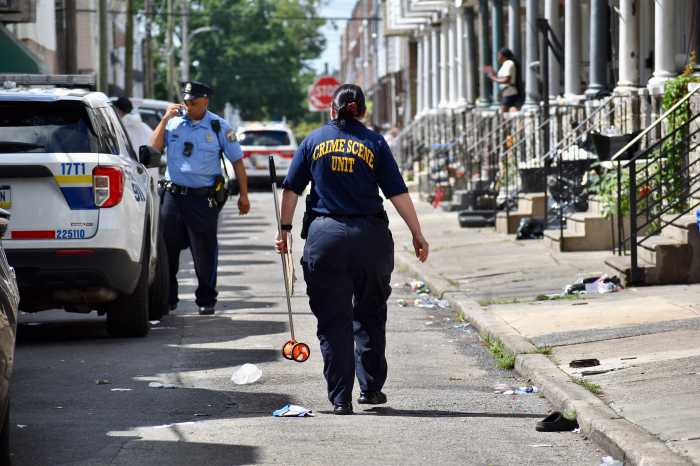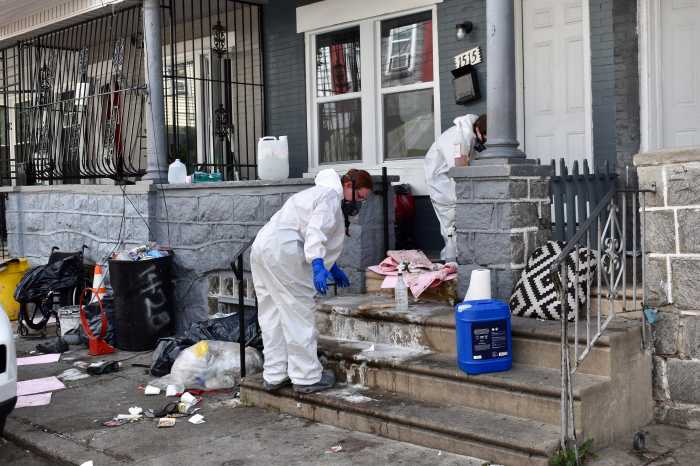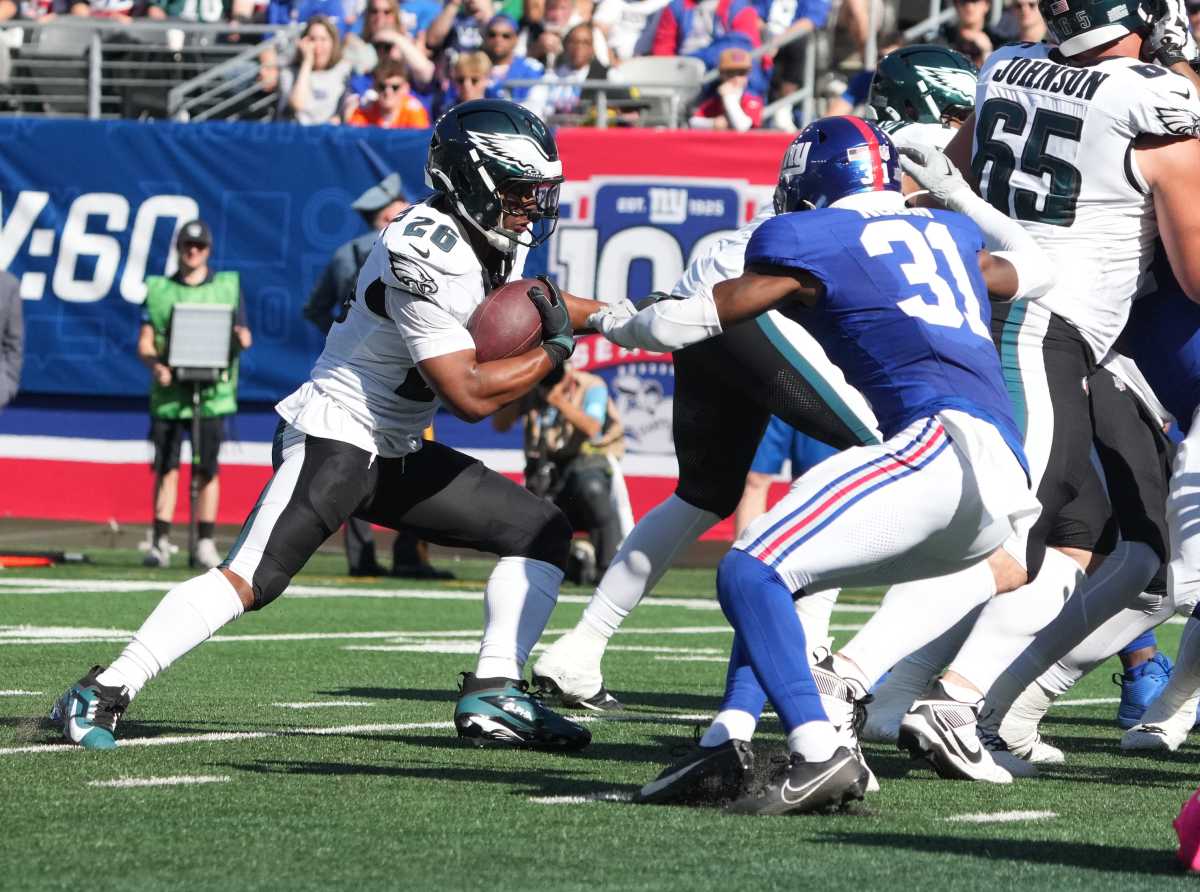Councilmember Kenyatta Johnson has shown no indication of reversing course and supporting a city plan to repave Washington Avenue with fewer lanes — leaving the future of the South Philadelphia thoroughfare in jeopardy.
Johnson is not alone. Community leaders, residents and others lined up during a virtual hearing Tuesday to thank him for resisting major changes to the avenue.
“It’s congested now,” said My Dang, who owns a business on the street. “We love the five lanes. It’s a large avenue.”
The committee meeting considered a bill that would implement the traffic-calming lane reductions — but only on one section of the avenue. The legislation advanced and should be up for a final vote in a couple of weeks.
Debate over the corridor’s traffic pattern has been unusually intense, with some arguing that the road has become too dangerous and needs to be significantly overhauled.
Residents who side with Johnson say reducing the avenue’s lanes would direct traffic to other, more residential streets and create additional congestion on a major artery for the neighborhood.
Johnson does not oppose the project’s protected bike lane, which would allow cyclists to ride along the curb, separated from moving vehicles by parked cars.
But he has said he favors keeping the corridor’s five lanes, preferring to adopt other measures, such as speed cushions and signal changes, to prevent crashes.
In March, Mayor Jim Kenney’s administration released a “mixed lane” configuration for Washington Avenue between 4th Street and Grays Ferry Avenue.
The plan, presented as a compromise, would have narrowed the road, which is currently five lanes, to three lanes across 10 city blocks and four lanes for eight blocks. Four blocks near busy Broad Street would continue to have five lanes.
Officials from the Mayor’s Office said the changes required legislation to be passed in City Council. Such bills traditionally come from the lawmakers who represent the affected neighborhoods.
Johnson represents all of Washington Avenue west of Broad Street, along with the northside of the street between Broad and 11th streets. Mark Squilla’s district covers the avenue east of 11th Street and the southside of Washington from 11th to Broad.
Though Squilla introduced a parking and loading bill last month that would permit the project to move forward, Johnson has not taken any action.
No new legislation can be introduced before Council’s summer break begins later this month, and a city spokesperson said Washington Avenue is slated to be repaved in “late summer 2022.”
The Bicycle Coalition of Greater Organization, along with urbanist groups such as 5th Square and Feet First Philly, have called for Johnson to offer an amendment to Squilla’s bill to include his district.
A Mayor’s Office spokesperson shared the sentiment, but Johnson did not do so on Tuesday, and there’s no sign he will move to amend the legislation.
Bicycle activists and others have urged the Kenney administration to repave Washington Avenue using the March plan anyway, or else delay construction until a resolution can be reached.
The city’s Office of Transportation, Infrastructure and Sustainability is “considering its available options and the implications of the advocates’ requests,” a spokesperson told Metro.
Washington Avenue is part of the city’s high-injury network, the 12% of Philadelphia roads on which 80% of crashes occur. From 2016 to 2020, there were 169 collisions, including three fatal crashes, according to city data.
State Sen. Nikil Saval, who represents a large chunk of South Philadelphia, wrote a letter to Kenney last week urging his administration to move forward with the plan, which he called a “huge safety upgrade.”
“My constituents have waited long enough,” Saval wrote. “It is time to move forward with OTIS’s mixed-lane plan for the entire Avenue.”
Discussions about the road’s layout have been ongoing for at least nine years, and, in 2020, officials from the Kenney administration put out what they called a “final decision” to trim the avenue to three travel lanes — one in each direction and a turning lane.
The plan was applauded by traffic safety groups but scrapped after the Mayor’s Office decided to solicit additional feedback after construction was delayed due to the COVID-19 pandemic.
During that outreach, representatives from the city reached out directly to predominantly Black and Asian American residents and business owners, officials said at the time. As a result, the three-lane plan was ruled out in February.
